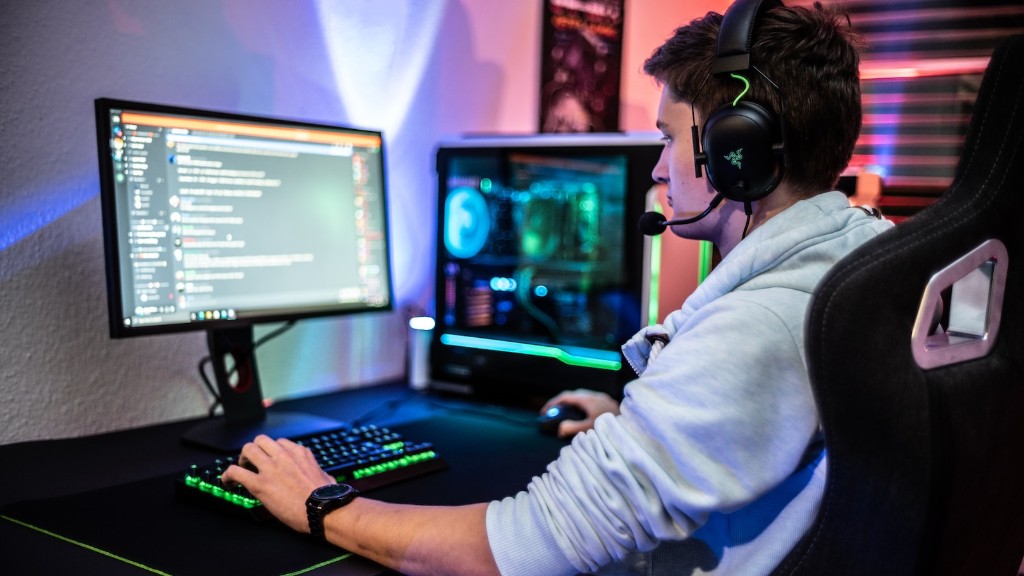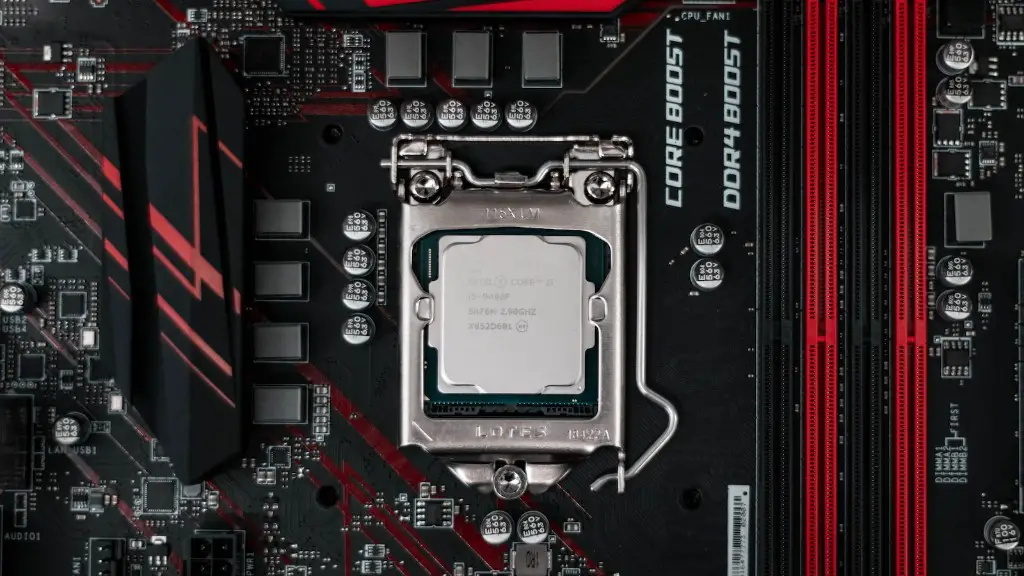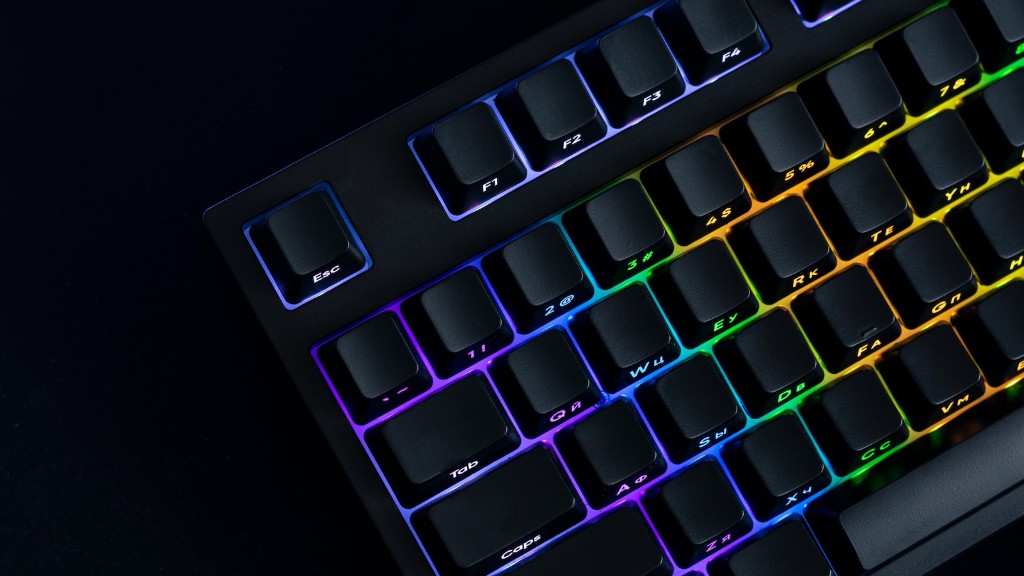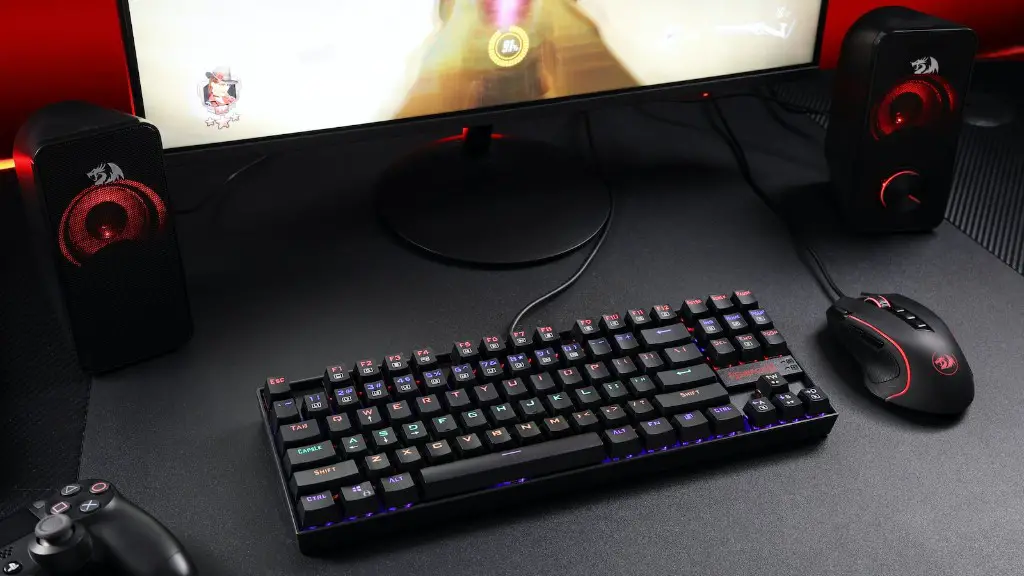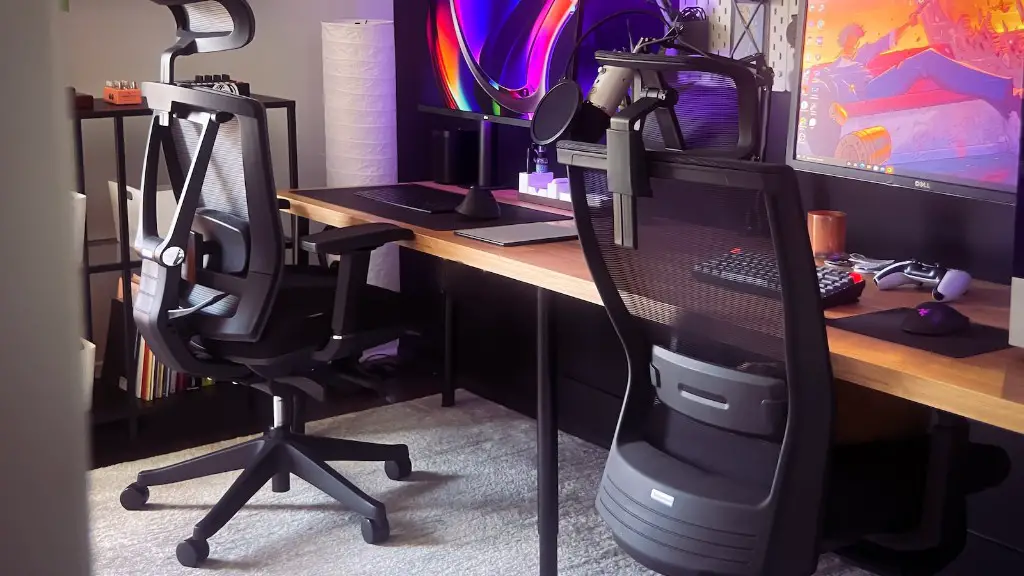As a gaming enthusiast, it’s essential to have an understanding of what components are necessary to assemble a gaming PC. From graphics cards to CPU, the correct combination of hardware will result in an overall powerful and enjoyable experience. Before you start building a gaming PC in 2020, make sure you have the following components.
At the heart of your gaming machine lies the CPU. It’s responsible for processing instructions and crunching numbers together. A common mistake is buying an overly expensive CPU, when it may not be necessary. Luckily, these days there are many attractive options for CPUs, no matter your budget. A mid-range Intel Core i5 processor should fit your PC build just fine.
Next up is the RAM. You’ll need a minimum of 8GB, but it’s recommended to get 16GB or more. RAM is crucial when it comes to a smooth gaming experience since your PC will be juggling a lot of different tasks. Don’t forget to get a motherboard compatible with your RAM.
Third on the list is the Graphics Card. This is the component that will take care of the video output and is responsible for making your games look beautiful. Once again, spend according to your budget. If you’re looking for a middle ground, then AMD’s Radeon RX 580 is a great pick.
Fourth and arguably the most important is the storage. Opt for an SSD with at least 500GB of storage to make sure you have enough space to install your games. An HDD is usually less expensive, but won’t offer the same performance as an SSD. It’s up to you.
Power Supply is another fundamental component. If you’re going light on the PC build then you’re probably alright with a 500W PSU, however for more hardcore builds, you’ll need to step up to the 700-750W range.
Finally, you’ll need a case for your PC. These come in different shapes and sizes, so decide what works best for you and your components. Be mindful that your case should fit all of the components you bought. After you’ve purchased all the components, you’re ready to assemble your gaming PC.
Cooling
Something easily overlooked, cooling is a very important aspect of a gaming PC. Overheating can lead to lag and poor performance. A great solution is investing in an extra fan or an AIO (All-In-One) liquid cooler. Make sure you buy one that fits your case.
Also look into potential cable management solutions. The last thing you want is a bunch of cables cluttering up your build. Thankfully there are a number of clamping components you can use to avoid this issue. Now that the internals of your gaming PC are properly cooled, you can move onto other peripherals.
You’ll need a mouse and a keyboard to control your PC. Invest in a gaming mouse, preferably one with adjustable DPI and custom RGB lighting. The same goes for keyboards, although a mechanical gaming keyboard is your best bet since it will give you an edge in games like Counter-strike or Call of Duty. You should also buy a gaming headset for communication with other players.
For the final touches, you can add a nice gaming monitor to the mix. Don’t forget to set your monitor’s refresh rate to the maximum. A higher refresh rate will give you a better visual experience and reduce input lag. That concludes the list of necessary components to build a gaming PC in 2020.
Software
Hardware isn’t the only thing you’ll need to get the most out of your gaming PC. You must also factor in software such as operating systems, drivers and other third-party programs. Windows 10 is the standard for gaming PCs, but you can always look into other options such as Linux.
It’s also important to be running the latest video card driver. This will ensure you’re running the most optimized version and will keep you up-to-date with game patches and other vital updates. There many options out there such as NVIDIA’s GeForce Experience or AMD’s Adrenaline driver. Install the one that’s compatible with your graphics card.
It’s also a good idea to add in some third-party software such as Steam, Battle.net or Uplay. Steam is the go-to for PC gaming as it offers a wide selection of games, as well as sales and discounts. It’s also a convenient way to manage your installed games in libraries or groups.
Other popular gaming distribution software includes Origin and Epic Games Store. While these two are less prolific than Steam, their exclusive titles are certainly worth checking out. It’s all about personal preference when choosing software.
Finally, get your PC up-to-date by downloading basic software such as anti-virus and Microsoft Office, you can also check out free services such as Dropbox for cloud storage. Now your PC is ready to fire up some games.
Advanced Tweaks
Now that you’re all set with the basic hardware and software of your gaming PC, there are few more things you can do to eek more performance and crispness out of your home entertainment system. The first thing to consider is overclocking. It’s the process of setting your CPU and GPU to run faster than their stock frequencies, achieving a performance boost.
Monitors and TVs also come with their own set of features. Make sure to refer to the manual when setting up your displays. It’s also recommended to use GPU scaling if necessary so that your PC display isn’t stretched. Furthermore, you can customize shadows, lighting and textures within the game’s custom settings.
If you want something apart from gaming, you’ll likely need software for music production, video editing or any other tasks you may want to do on your rig. Audio software such as FL Studio or Ableton allows you to make cool beats, while video editing programs like Adobe Premiere Pro allow you to intricately manipulate your media.
These are just a few of the many tweaks you can make with your newly built gaming PC. In the realm of gaming, PCs have a clear advantage over consoles. With the right amount of knowledge and effort, you can make sure your PC provide you entertainment on a whole new level.
Upgrading
Due to their modular nature, gaming PCs are highly upgradeable, meaning you can add or replace components of the PC to fit your needs. Adding more RAM and storage is always a good thing, depending on your needs, you can even upgrade from HDD to an SSD or from an Intel or AMD processor.
Alternatively, you can upgrade your GPU depending on the games you want to play. If your PC is laggy and isn’t capable of running a game you desire, then chances are you need a more powerful graphics card. Browse through the marketplace and find one that fits the rest of your components.
All the other components are also upgradable, including your motherboard and case. You can also add extra fans for better airflow and optimize the cable routing for a cleaner look. Depending on the type of game you’re playing, you may also consider upgrading peripherals such as keyboards, mice and headsets.
No matter the game you’re playing, you’ll always find something to upgrade. If you’re running any game at maxed out settings then you can skip an upgrade. However if you’re wanting to switch aspects of your gaming setup, then consider upgrading the appropriate components.
